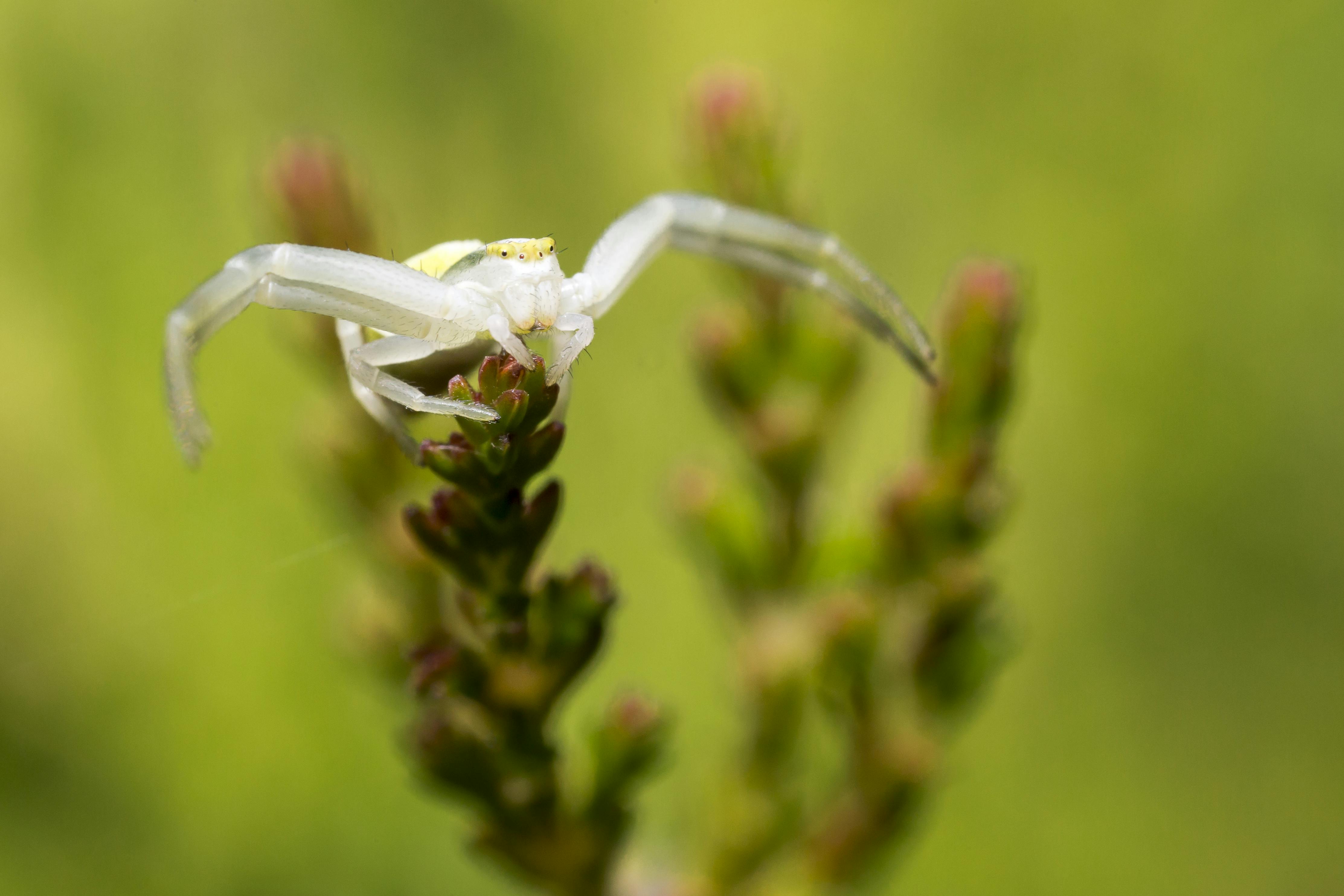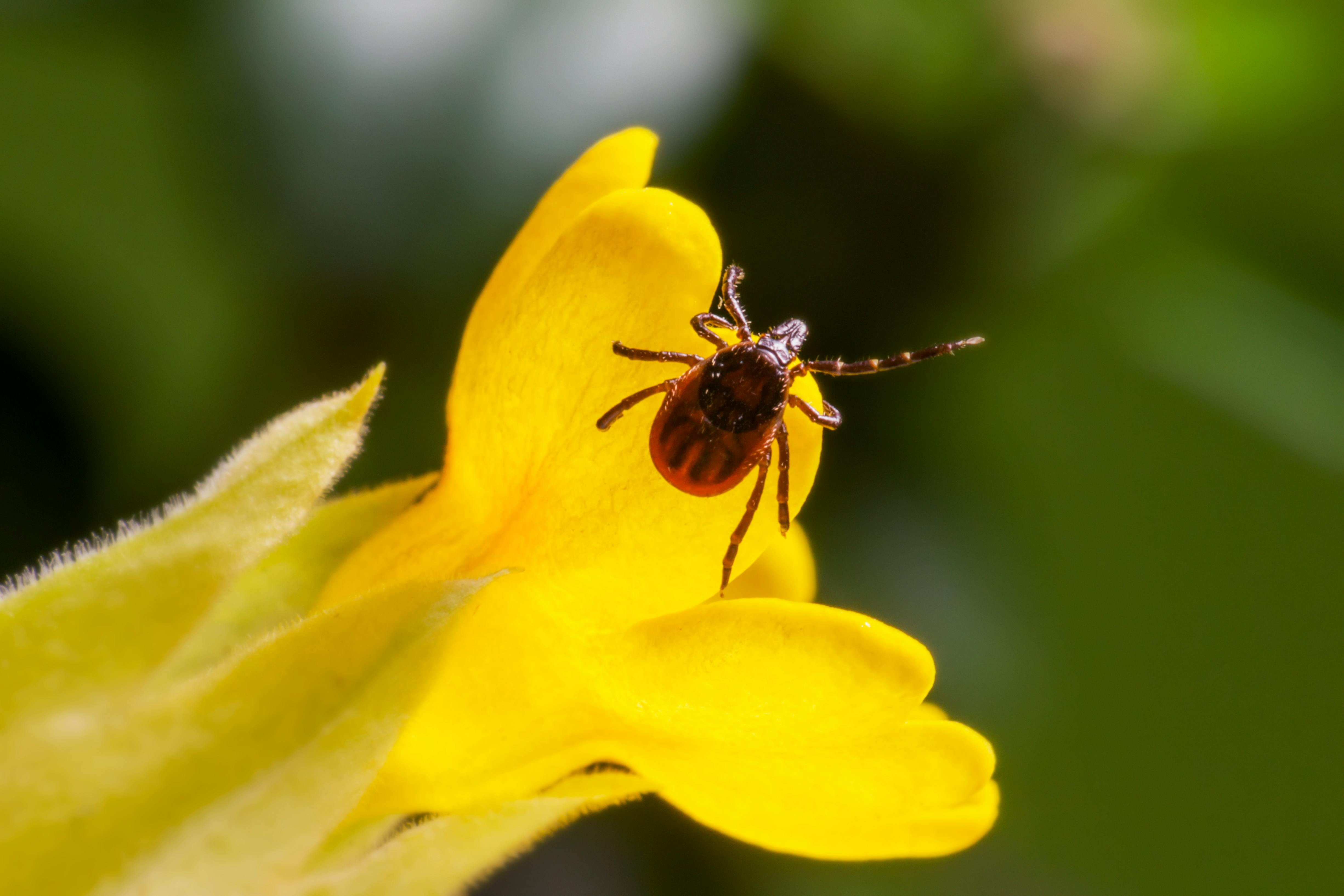If you have a spider plant in your home, you may be wondering why it is flowering. Spider plants are typically considered to be foliage plants, and they do not usually produce flowers. However, spider plants can bloom under certain conditions. This article will explain why your spider plant might be flowering and what you can do about it.
Encouraging Flowering in a Spider Plant
Spider plants are popular houseplants that are easy to care for and look great indoors. They produce long, slender leaves that can grow up to 2 feet in length and have white or yellow flowers. While the leaves of the spider plant are attractive, some people may also want to encourage flowering. Flowering can add an extra splash of color and interest to the plant. To encourage flowering in a spider plant, it is important to provide the right conditions for the plant to bloom.
Spider plants need plenty of bright, indirect sunlight in order to bloom. It’s best to place them near a window that gets direct sunlight for a few hours each day but not all day long. If your home is particularly dark, you may need to supplement the natural light with artificial lighting such as fluorescent bulbs or LED lights.
It’s also important to provide adequate water and fertilizer for your spider plant so that it has enough nutrients to bloom. Water when the soil feels dry and fertilize once every two weeks using a balanced fertilizer designed for houseplants. In addition, make sure your spider plant has enough room for its roots so it can grow big enough to flower.
Finally, make sure that your spider plant is not exposed to too much heat or cold as this can hinder its ability to flower. Spider plants prefer temperatures between 50-75°F (10-24°C). If you keep your home at cooler temperatures, you may need to move your spider plant closer to a warm area such as near a radiator or air vent during colder months.
By providing the right amount of light, water, fertilizer, and temperature for your spider plant you can help it reach its full potential and encourage flowering so you can enjoy its beautiful blooms!
Is Flowering in a Spider Plant Normal?
Yes, flowering in a spider plant is completely normal and expected. Spider plants are known for their unique flower clusters, which typically bloom during the summer months. The flowers are usually white or pinkish in color and have a pleasant scent. They typically last for a few weeks before fading away.
Spider plants are also very easy to care for and require minimal maintenance. They prefer bright, indirect light and should not be exposed to direct sunlight for too long, as this can burn the leaves. The soil should be kept moist but not soggy, and fertilizer can be applied every few weeks during the growing season.
If your spider plant is flowering, it is likely due to the proper amount of sunlight and fertilizer being provided. The flowers serve as an indicator that your plant is healthy and thriving – so don’t worry! Enjoy the beautiful blooms while they last!
Could Overwatering Impact Spider Plant Flowering?
Overwatering can significantly impact spider plant flowering. Too much water can lead to root rot, which prevents the plant from taking in the essential nutrients it needs for healthy growth and flowering. Without adequate nutrients, the plant cannot produce healthy blooms or any blooms at all. Additionally, overwatering can prevent air from reaching the roots, leading to anaerobic conditions that also stunt flower production.
Another problem caused by overwatering is that too much water can cause soil to become waterlogged and compacted. When this happens, oxygen and other essential nutrients cannot reach the roots and the plant will not be able to flower properly. Additionally, if soil becomes too compacted, it can strain the roots of the spider plant and cause them to become weak and unable to support heavy blooms.
Finally, overwatering can also lead to fungal diseases such as powdery mildew or root rot. These diseases are caused when fungi find a moist environment conducive for their growth and spread throughout the soil of the spider plant. The presence of these diseases can cause harm to both foliage and flowers of your spider plant and ultimately prevent flowering altogether.
In conclusion, overwatering your spider plant can significantly impact its flowering potential by leading to root rot, anaerobic conditions, compaction of soil, and fungal diseases. To ensure that your spider plant flowers properly, make sure to give it just enough water so that it does not become waterlogged or suffer from fungal infections.

Underwatering Impact on Spider Plant Flowering
Spider plants (Chlorophytum comosum) are popular houseplants that are known for their easy care and attractive foliage. Spider plants produce small white flowers, but these flowers can be affected by improper watering. If a spider plant is not receiving enough water, it may not bloom as expected.
Underwatering occurs when a spider plant does not receive enough water to meet its needs. This can happen if the soil is allowed to dry out too much between waterings, if the pot is too small for the size of the plant, or if the pot does not have adequate drainage. Without enough water, a spider plant will be unable to produce flowers as it will be too stressed to bloom.
It is important to give your spider plant adequate water in order for it to thrive and bloom. The best way to ensure that your spider plant receives enough water is to check the soil frequently and water when it starts to feel dry. Make sure that your pot has good drainage so that excess water can escape and never let the soil become overly dry.
Spider plants prefer bright indirect light and temperatures between 65-75 degrees Fahrenheit. They also need well-draining soil with a pH of 6-7 and should be fertilized every two weeks during the growing season (spring through summer). Too much or too little fertilizer can also affect flowering, so it’s important to follow instructions carefully when fertilizing your spider plant.
If you are having trouble getting your spider plant to flower, make sure you are providing it with proper care and attention including adequate light, temperatures, and watering. If you have been underwatering your spider plant, increase the frequency of watering until you find a balance that works for your particular plant. With proper care and attention, your spider plant should bloom in no time!
Could Temperature Changes Impact Spider Plant Flowering?
Spider plants are a popular houseplant that is known for its ability to flower and produce an abundance of small white flowers. It has been found that temperature changes can have an effect on the flowering of spider plants. The flowering process is triggered by environmental cues such as light and temperature, which can affect the timing of when the flowers open. Warmer temperatures can accelerate this process, while cooler temperatures may delay it. In extreme cases, cold temperatures can even prevent a spider plant from flowering at all. This is why it is important to maintain consistent temperatures in order to ensure that your spider plant will flower as expected.
In addition, temperature changes can also affect the size and shape of the flowers produced by a spider plant. Warmer temperatures can lead to larger and more robust flowers, while cooler temperatures may result in smaller and less vibrant blooms. As such, it is important to provide your spider plant with optimal temperature conditions for it to produce its best-looking flowers.
Finally, temperature fluctuations can also cause stress on your spider plant which could result in fewer flowers being produced or even stunted growth of the entire plant. To avoid this, you should ensure that you maintain consistent temperatures throughout the year to ensure that your spider plant stays healthy and produces plenty of beautiful blooms for years to come.
Could Lighting Changes Impact Spider Plant Flowering?
Spider plants are known for their easy-care nature and attractive foliage, but some spider plant owners also enjoy the occasional flowering of their plant. While there is some debate as to how often spider plants bloom, it is possible that changes in lighting could impact whether or not a spider plant flowers.
Lighting plays an important role in regulating the flowering of many plants, and this may be true for spider plants as well. Spider plants produce flowers when exposed to brighter light conditions. If the lighting of a spider plant is too low, it may never flower, or it may take much longer than usual before producing flowers. On the other hand, if the lighting is too bright, the plant can become stressed which can prevent flowering.
It is recommended that a spider plant should receive at least eight hours of indirect sunlight each day in order to encourage flowering. However, even if this amount of sunlight isn’t available naturally, artificial light can be used to supplement natural light and encourage more blooming. It’s important to keep in mind that if artificial lights are used for too long or at too high an intensity then it can cause damage to the plant and inhibit flowering.
In addition to providing adequate sunlight for photosynthesis and blooming, lighting also helps regulate a spider plant’s natural rhythms such as dormancy periods and growth cycles. By keeping track of these cycles and adjusting your lighting accordingly you can ensure that your spider plant is getting the right amount of light necessary for optimal growth and flowering.
Overall, changes in lighting can have an impact on whether or not a spider plant flowers. It’s important to provide adequate access to indirect sunlight or use artificial lights carefully if you want your spider plant to bloom regularly. With proper care and attention, you should be able to enjoy beautiful flowers from your beloved houseplant year round!

Conclusion
Spider plants are very resilient, and with the right conditions, they will bloom if their environment is suitable. There are many factors that can contribute to why your spider plant is flowering, such as light, temperature, humidity levels, and soil conditions. With the right care and attention, your spider plant should remain healthy and vibrant for years to come.
If you have been providing optimum growing conditions for your spider plant but it is still flowering more than usual, it may be due to seasonal changes or a hormonal imbalance. To prevent your spider plant from flowering too often, make sure that you’re providing the right amount of light and water for its needs. Additionally, fertilizing your plant can help promote new growth and keep it healthy.
Overall, if your spider plant is flowering too often or too much it could be a sign of stress or poor environmental conditions. By understanding the basics of caring for this type of plant and paying attention to its needs you can ensure that your spider plant remains healthy and happy all year round.

